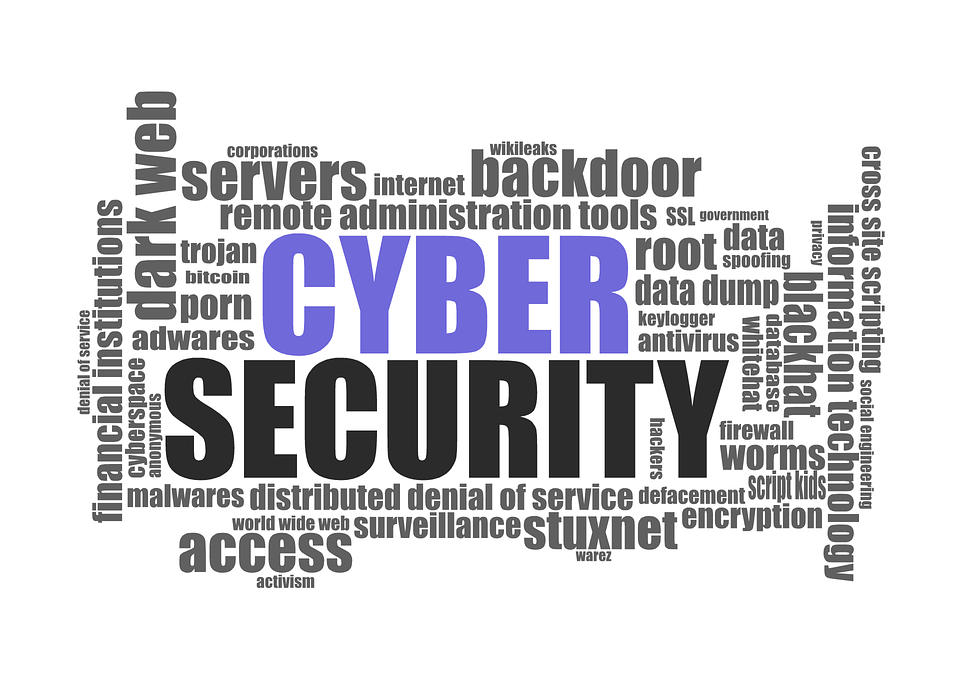Latest Ransomware Prevention Tips
Editor's Note: This post was originally published in January 2017 and has been completely revamped and updated for accuracy and comprehensiveness.
Ransomware payments exceeded $1 billion in 2016, and a recent report from Cybersecurity Ventures predicts that ransomware costs would exceed $5 Billion in 2017. This estimate takes into account several factors besides just the cost of the ransom, including downtime, loss of productivity and loss of data.
Kaspersky released a report this May showing that Mobile ransomware has risen over 250% in just the first half of 2017 with 218,625 files detected on the devices they protect. Kaspersky’s Cybersecurity statistics also showed that the United States had been the hardest hit country so far when it comes to Mobile ransomware. With the number of ransomware attacks on the rise, it is now more important than ever to protect yourself against it using these practical prevention tips.
With the number of ransomware attacks on the rise, it is now more important than ever to protect yourself against it using these practical prevention tips.
Provide Cyber Security Training to Your Employees
Make sure your employees are aware of how Cyber Criminals are attempting to take advantage of them and your business. Providing regular ongoing Cyber Security training to explain best practices when browsing the Internet or using email is essential. Businesses and Organizations are incorporating this type of training with the onboarding process of new employees.
In addition to training, some Cyber Security training platforms include monthly testing. The testing is in the form of randomly sending one fake email to employees over the course of the month. This gives management insight into how susceptible their employees are and who might need additional training.
Email Best Practices
The majority of ransomware attacks are carried out through suspicious links in email messages or attachments. As such, you should open emails only from trusted sources, and do not click on any unusual links or attachments. Try to get into the habit of using your mouse to hover over links to see where the link path will take you.
Configure your anti-spam settings so they block suspicious attachments with .exe, scr., or vbs. extensions. When using the “show file extensions” feature, keep in mind that fraudsters sometimes assign multiple extensions to a file, allowing it to appear safe when in fact it is not. All incoming emails should be scanned, particularly ones with compressed attachments. Should you discover an unusual attachment or once containing a .scr file, you should immediately quarantine that message.
Backing up Files
Having a backup of your files is the best protection against ransomware. To be really safe, you should have multiple forms of backup for example, one in the cloud, one on an external hard drive, and another on an online service such as Google Drive. In addition, using a business class backup and disaster recovery solution will provide great insurance to ransomware encryption. These solutions typically have a standalone backup server located at your office, which sync’s to an offsite backup server.
Network Segmentation
Separate each functional area within your business to create virtual or physical containment. One of the most common examples is the guest wifi for your business. This wireless network should in no way have access to your internal business network. Even if you create a password for this network you are allowing guest devices that you do not manage to connect to it. You have no way to determine if these devices are compromised. Virtually or physically segmenting the guest wifi will contain any ransomware, malware or viruses from infecting your business.
Other functional areas to consider are IoT devices such as connected TVs, Chomecasts, Office Automation devices, etc should be put onto their own network.
Computer Security
Many instances of ransomware can be prevented by utilizing good information security practices such as:
- Keeping your browsers and software up-to-date by installing the latest patches as soon as they become available.
- Maintaining good antivirus, antimalware programs and updating as needed.
- Keeping your Windows firewall turned on at all times, and check it regularly to ensure it is properly configured. Consider multiple firewalls if you regularly handle very sensitive data or are at risk for contracting ransomware.
- Configuring your security software to scan archived files if possible.
- Disabling Windows Script Host and Windows PowerShell. In Microsoft Office, disable macros and Active X for any users who do not absolutely have to have them.
- Installing a pop-up blocker through your web browser.
- Deactivating AutoPlay so that flash drives cannot be used to automatically launch an attack.
- Disabling the file-sharing feature so that if one person is affected, ransomware will be quarantined.
- Switching off unused Bluetooth or infrared ports when not in use.
Administrative Practices
Incorporate the following administrative practices to help you prevent ransomware:
- Always use strong passwords, and change them on a regular basis.
- Use a different password for each one of your accounts.
- Avoid giving too many people administrative access to their workstations, as this increases the odds that someone will download a malicious file.
- Provide ongoing training to raise awareness of ransomware and encourage safe practices.
- Develop a plan to follow in the event that you do contract ransomware despite your best efforts to prevent it.
Consider Cyber Liability Coverage For Your Business
With the increase of Cyber Security breaches hitting not only large corporations but many small businesses it only makes sense to consider cyber liability coverage. As suggested in the last bullet in administrative practices, cyber liability should be part of your overall comprehensive preventative plan. There are many unanticipated third-party and first-party costs if you do experience a security event at your business or organization. See our other blog on “The Case For Cyber Liability Coverage”.
Just as it is not possible to prevent all break-ins, it is also not feasible to eliminate all instances of hacking and ransomware. You can, however, make yourself an unattractive target in the hopes that cyber criminals will move on to another victim. Preventing ransomware requires far less money and effort than restoring your system after an attack, which is why you should take measures now to protect yourself.
Schedule a FREE no-obligation Network & Security Audit, Click Here to schedule your technology health check .
The post Latest Ransomware Prevention Tips appeared first on SDTEK | San Diego, CA.



